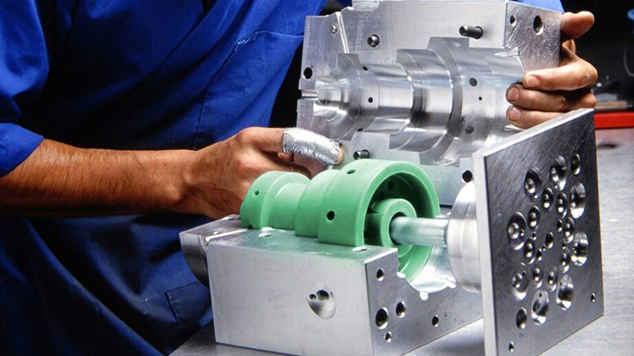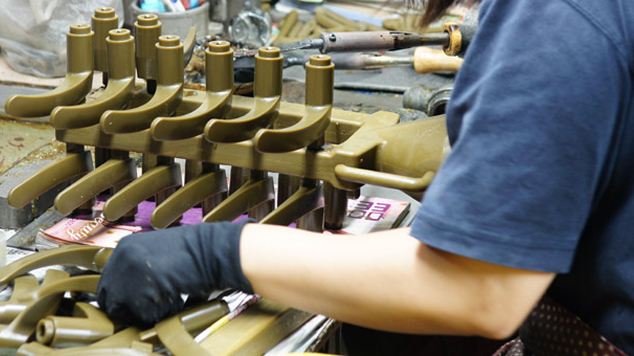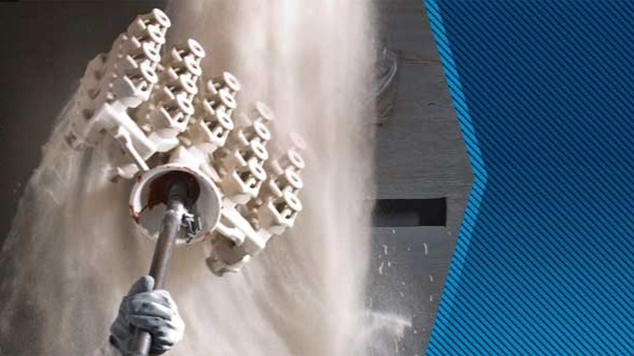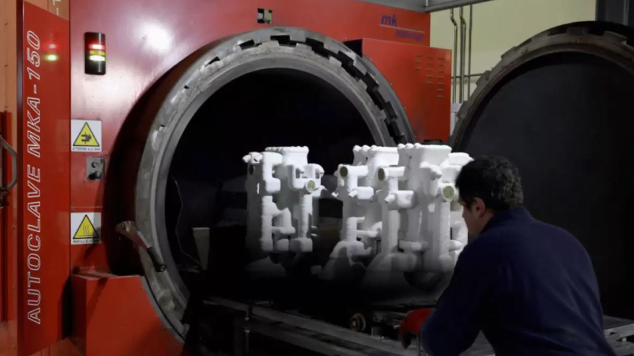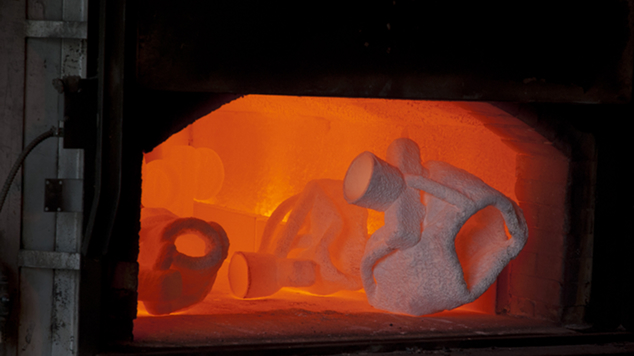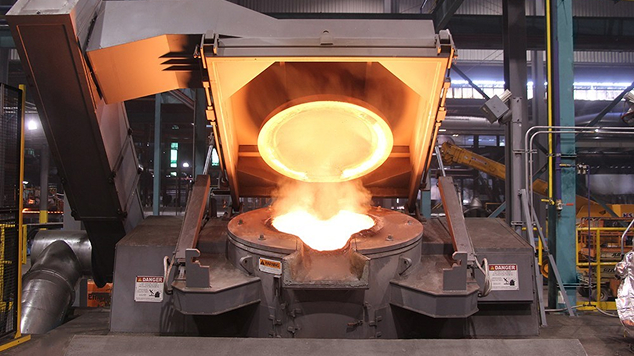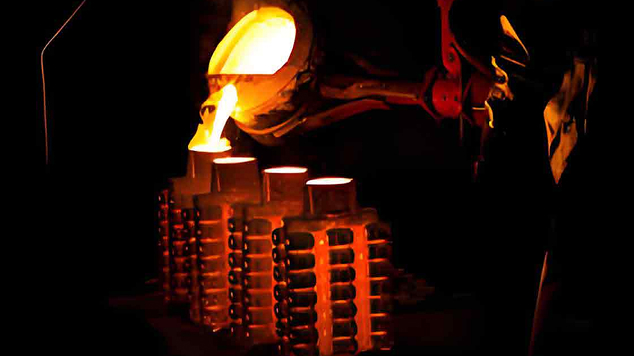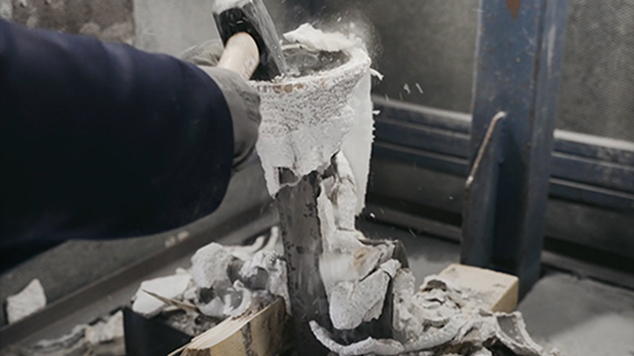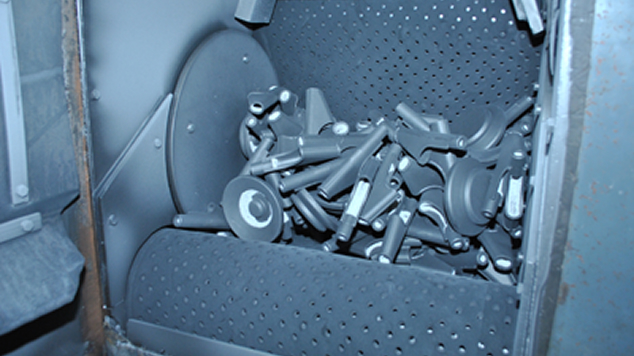Investment Casting Process:
Investment casting, also known as lost-wax casting, involves creating a wax pattern, building a ceramic shell around it, removing the wax, and then pouring molten metal into the resulting mold.
Here’s a breakdown of the key steps:
1. Pattern Creation:
A master pattern of the desired part is created, often using wax, but also clay, wood, plastic, or other materials.A metal die is made to fit the master pattern.Wax patterns are produced by injecting melted wax into the metal die.
2. Tree Assembly:
Multiple wax patterns are attached to a central wax bar (sprue) to form a tree-like structure, allowing for casting multiple parts at once.
3. Shell Molding:
The wax tree is dipped into a ceramic slurry, which forms the initial layer of the shell.The process is repeated, adding layers of ceramic and refractory materials to build up the shell.
4. Dewaxing:
Once the ceramic shell is complete, it is heated to melt and remove the wax, creating the mold cavity.
5. Casting:
Molten metal is poured into the preheated mold cavity.
6. Shell Removal and Finishing:
The ceramic shell is broken away, revealing the metal casting.The casting is cut free from the sprue and any remaining gates are removed.Finishing operations, such as grinding, polishing, and coating, may be performed to achieve the desired surface finish and tolerances.
